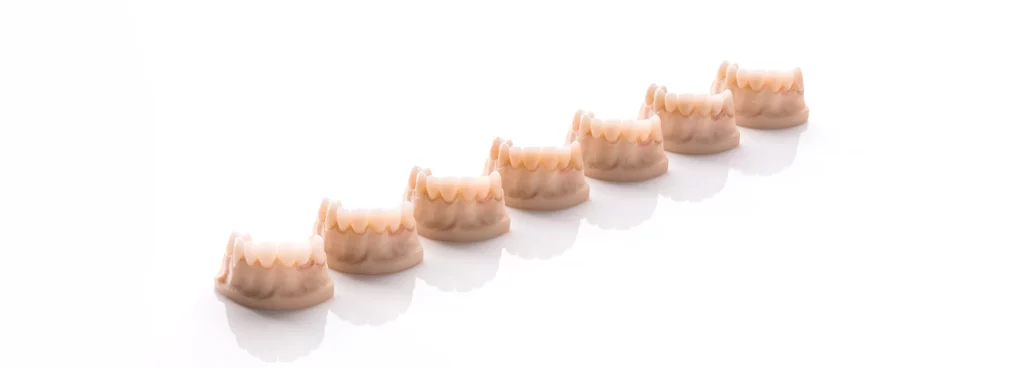
Introduction: In the ever-evolving field of dentistry, the utilization of cutting-edge materials has become pivotal for enhancing dental aesthetics and functionality. This article delves into the application of colored Yttria-Stabilized Zirconia (YSZ) nanomaterials in dentistry, with a particular emphasis on their production through the advanced hydrothermal synthesis method and the superior performance advantages they offer.
Hydrothermal Synthesis Process: Precise Water-Based Fabrication: Colored YSZ nanomaterials are synthesized using a state-of-the-art hydrothermal method. This water-based fabrication process ensures precision in particle size control, resulting in nanomaterials with enhanced properties ideal for dental applications.
Temperature and Pressure Control: Hydrothermal synthesis involves carefully controlled temperature and pressure conditions, allowing for the precise modulation of material characteristics. This advanced level of control contributes to the uniformity and consistency of the colored YSZ nanomaterials, ensuring optimal performance in dental applications.
Product Performance Advantages: Enhanced Aesthetics: The colored YSZ nanomaterials exhibit vibrant and customizable colors, offering dentists and dental technicians the ability to match restorations seamlessly with natural teeth. This enhances the overall aesthetics of dental prosthetics, contributing to patient satisfaction.
Exceptional Biocompatibility: YSZ, known for its biocompatibility, is an ideal choice for dental applications. The nanomaterial’s compatibility with oral tissues minimizes the risk of adverse reactions, ensuring patient safety and comfort.
High Mechanical Strength: The hydrothermally synthesized YSZ nanomaterials boast high mechanical strength, making them suitable for dental restorations. Their durability ensures long-term stability and resistance to wear, providing reliable and lasting solutions in various dental procedures.
Clinical Applications: Color-Matched Crowns and Bridges: Colored YSZ nanomaterials find extensive use in the fabrication of color-matched crowns and bridges. Their customizable color range allows for precise shade matching, creating natural-looking dental restorations.
Dental Implants: The exceptional mechanical strength of YSZ nanomaterials makes them a preferred choice for dental implants. Their robust nature ensures the longevity and stability required for successful implant procedures.
Conclusion: The application of colored YSZ nanomaterials in dentistry, synthesized through the advanced hydrothermal method, represents a significant stride towards achieving superior aesthetic and functional outcomes. The precise control offered by hydrothermal synthesis in conjunction with the inherent advantages of YSZ positions these nanomaterials as valuable assets in modern dental practices. This article aims to shed light on the innovative use of YSZ nanomaterials in dentistry, underlining their production process and the performance advantages they bring to the forefront of dental material science.
